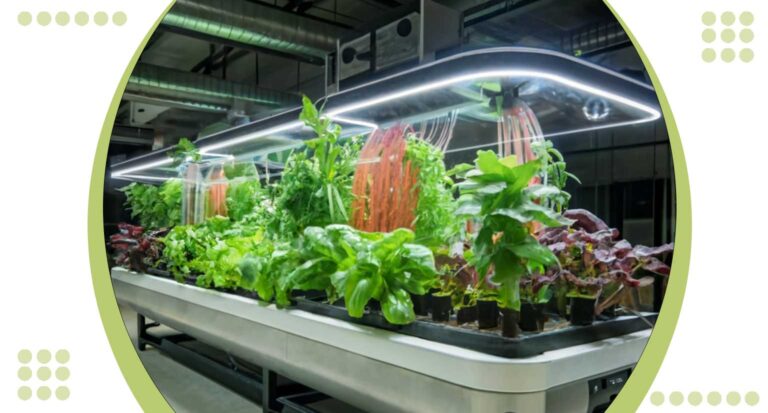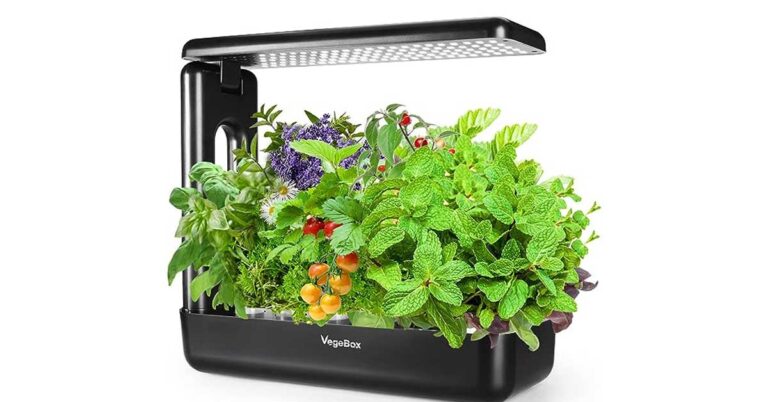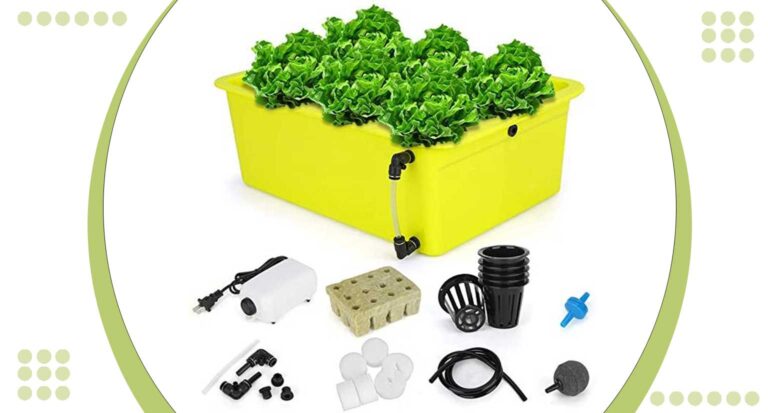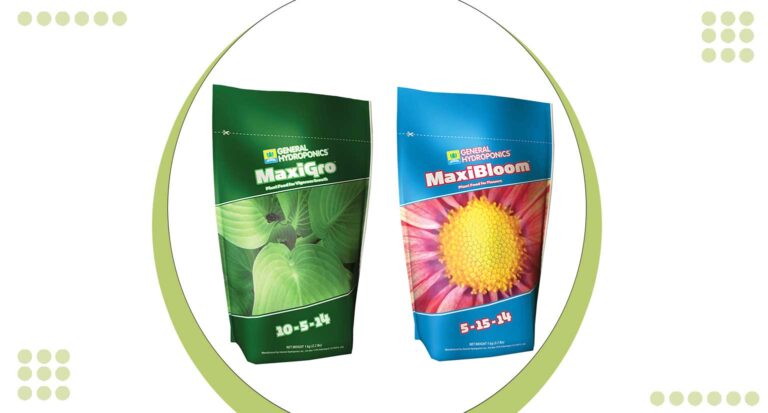What is Hydroponic Bamboo
Hydroponic bamboo refers to the cultivation of bamboo plants using a hydroponic system. Hydroponics is a method of growing plants without soil, instead using mineral nutrient solutions in a water solvent. This technique can be used for bamboo, allowing it to grow in a water based environment that is rich in essential nutrients. This method could potentially offer faster growth rates and healthier plants, due to the easily controllable nutrient balance.
Hydroponic bamboo is an innovative and sustainable method of growing bamboo without soil. Instead of traditional soil based cultivation, hydroponic bamboo relies on nutrient rich water solutions to provide all the essential minerals and nutrients directly to the plant’s roots.
This method not only maximizes growth efficiency but also allows for greater control over the growing environment, leading to healthier and more robust bamboo plants. As an eco-friendly alternative, hydroponic bamboo cultivation is gaining popularity for its ability to conserve water and reduce the environmental impact of traditional farming methods.
The process of growing hydroponic bamboo begins with selecting the right bamboo species that thrive in hydroponic systems. These plants are then placed in a controlled environment where their roots are submerged in or periodically exposed to a nutrient solution.
This solution is carefully balanced to provide all the necessary elements for optimal growth, such as nitrogen, phosphorus and potassium, along with trace minerals. By eliminating the need for soil, hydroponic bamboo can be grown in a variety of settings, from indoor gardens to greenhouses, making it a versatile choice for both commercial and personal use.
One of the key benefits of hydroponic bamboo is its rapid growth rate and high yield. Because the plants receive nutrients directly through the water, they can grow up to 30% faster than those grown in soil. This accelerated growth makes hydroponic bamboo an attractive option for industries that rely on bamboo for products like furniture, flooring and textiles.
Additionally, the controlled environment reduces the risk of pests and diseases, ensuring a more consistent and reliable harvest. Overall, hydroponic bamboo represents a forward thinking approach to sustainable agriculture, offering numerous advantages for both growers and the environment.
How it Works
Hydroponic bamboo cultivation operates through a soil free system that delivers essential nutrients directly to the plant’s roots via a nutrient rich water solution. The process starts with choosing the appropriate bamboo species suited for hydroponic growth.
These plants are then placed in a growth medium such as clay pellets or perlite, which supports the bamboo while allowing the roots to access the nutrient solution. This solution is continuously circulated or periodically flooded to ensure the bamboo receives a steady supply of vital minerals, promoting optimal growth and health.
The nutrient solution used in hydroponic systems is meticulously balanced to include all necessary macro and micronutrients required for bamboo development. Key nutrients such as nitrogen, phosphorus and potassium are dissolved in water, along with trace elements like magnesium, calcium and iron.
This precise nutrient delivery system allows for faster and more efficient absorption compared to traditional soil methods. The controlled environment of hydroponic systems also means that factors like pH levels and nutrient concentration can be adjusted to meet the specific needs of the bamboo, resulting in healthier and more vigorous plants.
In addition to nutrient management, hydroponic bamboo systems utilize advanced technologies to maintain optimal growing conditions. Lighting, temperature and humidity are carefully regulated to mimic the bamboo’s natural habitat, ensuring consistent growth year round.
Aeration is another crucial component, with air pumps and diffusers providing oxygen to the plant roots to prevent root rot and promote robust development. This integration of precise nutrient delivery and environmental control makes hydroponic bamboo cultivation an efficient and sustainable method, capable of producing high quality bamboo in a variety of settings.
Hydroponic bamboo cultivation works on the principle of delivering the necessary nutrients directly to the plant’s root system. The bamboo plants are placed in a growing medium such as perlite, rockwool, or clay pellets that adequately support the bamboo culms.
This medium is saturated with a water solution containing the required balance of minerals and nutrients. The system is designed in such a way that the roots have direct access to this nutrient-rich solution, while also receiving oxygen, which is essential for growth. The ability to precisely control the nutrient delivery and environmental factors like light, temperature, and humidity, can result in remarkably vigorous and healthy bamboo plants.
Benefits of Growing Hydroponic Bamboo
Growing bamboo hydroponically offers a number of unique benefits. Firstly, it enables faster growth rates. Due to the direct supply of nutrients, bamboo can grow at an accelerated rate compared to traditional soil cultivation. Secondly, hydroponic systems eliminate the threat of soil-borne diseases and pests, which can significantly impact the health and productivity of bamboo. Further, hydroponics offers efficient water use. The closed system recirculates water, reducing overall water consumption. Lastly, the hydroponic method allows for year-round growth indoors, independent of external weather conditions, making it an attractive choice for indoor plant enthusiasts and commercial growers alike.
1. Faster Growth Rates
Hydroponic bamboo grows significantly faster than soil grown bamboo, with growth rates up to 30% higher. This accelerated development is due to the direct delivery of nutrients to the plant roots, allowing for efficient absorption and utilization.
2. Higher Yields
By optimizing nutrient delivery and environmental conditions, hydroponic bamboo systems can produce greater yields compared to traditional soil based methods. This makes it an ideal choice for commercial bamboo production, ensuring a steady and reliable supply.
3. Water Efficiency
Hydroponic systems use up to 90% less water than conventional soil farming. The closed loop system recycles water, reducing wastage and conserving this vital resource, making it a more sustainable option for bamboo cultivation.
4. Space Optimization
Growing bamboo hydroponically allows for cultivation in smaller, controlled environments such as greenhouses or indoor setups. This space efficiency is beneficial for urban farming and locations with limited land availability.
5. Pest and Disease Control
The controlled environment of hydroponic systems minimizes the risk of pests and diseases, which are common in soil based farming. This leads to healthier plants and reduces the need for chemical pesticides and treatments.
6. Environmental Sustainability
Hydroponic bamboo farming is an eco-friendly alternative to traditional agriculture. It reduces soil degradation, minimizes chemical runoff and promotes sustainable practices, contributing to the overall health of the ecosystem.
Starting a Hydroponic Bamboo Garden
Starting a hydroponic bamboo garden requires some initial setup and planning, but the results can be rewarding.
Choosing the Hydroponic System: There are several types of hydroponic systems available, each with their own benefits and drawbacks. Deep Water Culture (DWC) systems are commonly used for bamboo due to their simplicity and effectiveness.
Selecting the Bamboo Variety: Not all bamboo varieties are suitable for hydroponic cultivation. Choose a species that is known to thrive in water-based environments, such as lucky bamboo (Dracaena Sanderiana) or Buddha belly bamboo (Bambusa ventricosa).
Preparing the Bamboo: The bamboo can be started from seeds or cuttings. If starting from cuttings, select a healthy bamboo stalk and cut it below a node. The nodes will eventually grow roots in the hydroponic medium.
Setting Up the Environment: Fill your hydroponic system with the nutrient-rich water solution and place the bamboo cuttings or seeds in it. The system should be placed in an area that receives ample light but not direct sunlight as it could harm the plants.
Maintaining the Garden: Regularly check the pH and nutrient levels in your system. Bamboo prefers a slightly acidic environment (pH 5.5 – 6.5). Replenish the nutrient solution as needed.
Choosing the Right Nutrients for your Hydroponic Bamboo
Choosing the right nutrients for your hydroponic bamboo is crucial for its growth and health. Hydroponic systems rely on a well-balanced nutrient solution, which should include macro and micronutrients.
- Macro Nutrients: Include Nitrogen (N), Phosphorus (P), and Potassium (K), which are the primary nutrients required for plant growth. They aid in leaf and root development, energy production, and the overall growth of bamboo.
- Micro Nutrients: Include essential elements like Calcium, Magnesium, Iron, Manganese, Copper, Zinc, Molybdenum, and Boron. These play a crucial role in plant metabolism and are required in smaller quantities.
Commercially available hydroponic solutions usually have a well-rounded nutrient profile for the general needs of many plants.
However, for bamboo, it is recommended to choose a nutrient solution specifically designed for woody plants.
It should be in a liquid form to ensure it can easily dissolve in water and make nutrients readily available for uptake.
Maintaining Your Hydroponic Bamboo Garden
Maintaining a hydroponic bamboo garden involves a series of regular checks and balances. You should monitor nutrient and pH levels, adjust lighting conditions, and prune the bamboo as necessary.
- Monitoring Nutrient and pH Levels: Regularly check and adjust the nutrient concentration and pH levels in your hydroponic system. Bamboo plants flourish in a slightly acidic environment (pH 5.5 – 6.5) with an optimal balance of nutrients. Use a pH meter to measure the acidity or alkalinity of the solution and replenish or adjust the nutrient solution as necessary.
- Adjusting Lighting Conditions: Provide your bamboo plants with ample diffused light. Avoid placing them in direct sunlight, which can lead to leaf burn. Adjust your lighting conditions based on the species of bamboo and its specific needs. Generally, 12-16 hours of light per day is ideal for most bamboo varieties.
- Pruning and Shaping: Prune your bamboo plants regularly to maintain their shape and promote healthier growth. Remove any dead or yellowing leaves as well as thinning or weak branches. If your bamboo plant gets too dense, you may need to thin it out to ensure that light and nutrients can reach all parts of the plant.
- Cleaning the System: It’s important to keep your hydroponic system clean to prevent the growth of algae and harmful bacteria. Clean the system thoroughly every few weeks or whenever you notice a buildup of algae or other debris.
Troubleshooting Tips for Common Problems in Hydroponic Bamboo Gardens
While hydroponic bamboo gardens offer numerous benefits, they may also face a few common issues.
Here are some troubleshooting tips to ensure the health of your plants:
- Yellowing Leaves: If you notice the leaves of your bamboo plant turning yellow, it could be due to nutrient deficiencies or pH imbalance. Regularly check your nutrient concentration and pH levels to ensure they are optimal for your bamboo species.
- Algae Growth: Algae growth is a common problem in hydroponic systems and can inhibit plant growth by competing for nutrients. If you notice algae growth, clean your system thoroughly and consider adding a bio-algae inhibitor to your nutrient solution.
- Stunted Growth: If your bamboo plant is not growing as expected, it could be due to insufficient light, nutrient deficiency, or inappropriate temperature. Review your hydroponic setup, make sure your bamboo plants are getting sufficient light, and the nutrient solution is well-balanced and suited to your bamboo species.
- Root Problems: Brown roots or a foul smell can indicate root rot, which is often caused by overwatering or poor oxygenation. Ensure your hydroponic system has effective water circulation and aeration. If root rot occurs, trim the affected roots and treat with a fungicide.
Conclusion
In conclusion, cultivating bamboo in a hydroponic system is a rewarding endeavor that can yield great results with proper care and maintenance.
The key steps in this process encompass the selection of an appropriate hydroponic system, choosing a bamboo variety suitable for hydroponic cultivation, preparing the bamboo, setting up the environment, and maintaining the garden.
Choosing the right nutrients and vigilantly monitoring the pH and nutrient levels are crucial to the health and growth of the bamboo.
Regular pruning, adjusting lighting conditions, and system cleaning also contribute to the overall success of your hydroponic bamboo garden.
While there may be challenges along the way, such as yellowing leaves, algae growth, stunted growth, and root problems, these issues can be effectively addressed with troubleshooting tips.
With patience, persistence, and enthusiasm, hydroponic bamboo gardening can be a fulfilling and successful horticultural practice.







